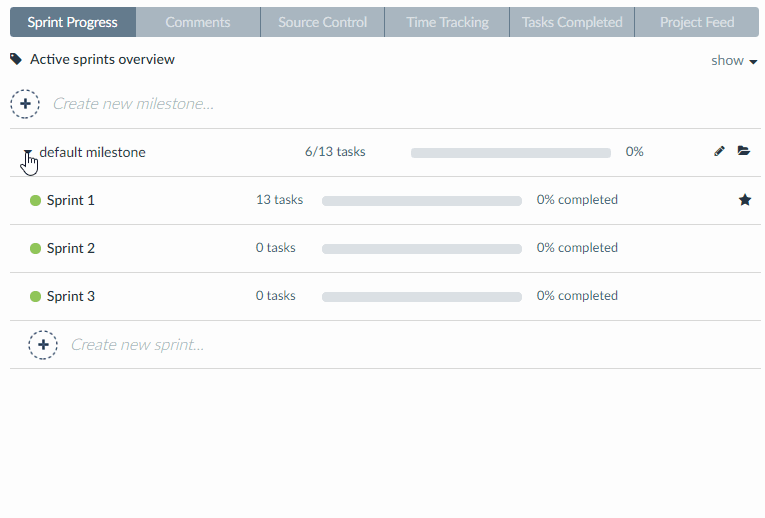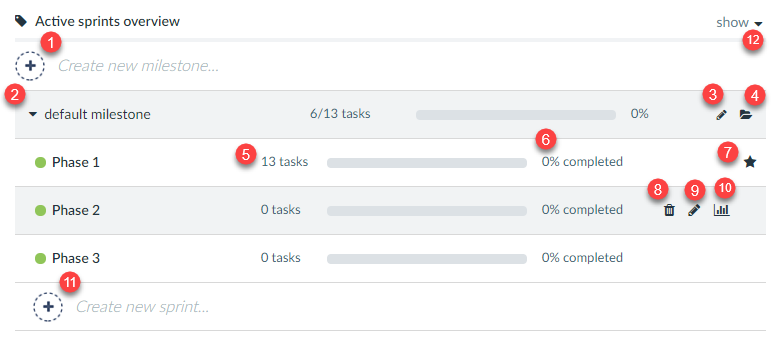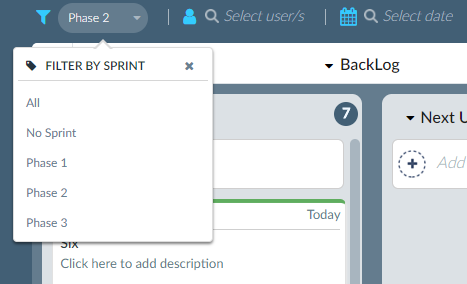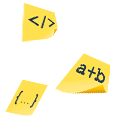Managing Milestones & Sprints
Milestones can contain one or more sprints and you can have as many milestones and sprints as you like. Sprints and milestones are essentially a way to break a project into smaller chunks. Examples of milestones could be an Alpha, Beta and Official Release or it could be used to divide a project into categories such as Development and Marketing.
Typically, each sprint will be 1-2 weeks in length. By dividing the project into smaller chunks, the team have an achievable goal that is in the near future and this often leads to increased velocity as the team pushes themselves to reach the goal.
With longer sprints there is less urgency until later in the sprint but it is really about experimenting to find what works for your team.

Sprint Progress Explained
1 – Create a new milestone
Just type the name and press enter.
2 – Collapse/Expand Milestone
If you have multiple milestones you can collapse some to keep focused on the current milestones you are working on.
3 – Edit Milestone Name
Click to edit the milestone name or you can click the milestone name and edit inline.
4 – Archive Milestone
To hide a completed milestone, click the archive icon. To see archived milestones, click on the filter shown in no.12.
5 – Total Tasks
The total number of tasks in the sprint including closed and open items.
6 – Percent Completed
What percentage of tasks have been marked completed in the sprint
7 – Active Milestone
This highlights which is the current active sprint. Its determined based on the current date and the date set on the sprint. This also determines which sprint is shown by default on the overview section.
8 – Delete Sprint
Deleting a sprint removes the sprint tag but it will not delete a task with that sprint.
9 – Edit Sprint Name
To edit the sprint name, click edit or click on the sprint name and edit it inline.
10 – Sprint Progress
Sprint progress shows information on projections and burn-down for the project. A more detailed explanation for sprint progress is available in another help topic.
11 – Create New Sprint
Type a new sprint and press enter. It will immediately have the cursor ready to type the next sprint name.
12 – Filter active/archived milestones
To switch between active and archived milestones, click the drop-down and choose the applicable item.

Filtering by sprint
You can then filter the Kanban view to show a specific sprint. Note: Once a sprint filter is applied to the Kanban view, all new created issues are automatically tagged to that sprint.







